

James Wong
2026 Audi Q5 review: Quick drive
5 Days Ago
Mitsubishi wants the Australian Government to change local vehicle design and import regulations so it can get more cars here sooner.

News Editor


News Editor
Mitsubishi Motors Australia Limited says it supports new Australian Government emissions standards, but is arguing for significant regulatory changes so it can bring efficient vehicles to market sooner.
The company says the New Vehicle Efficiency Standard Act 2024 presents an opportunity for the Australian Government to reform its Type Approval and Australian Design Rule (ADR) processes “to assist delivery of vehicles that support the legislation”.
It argues it can take anywhere from 18-24 months for a vehicle to go through the Australian Type Approval process and be ticked off for sale in our market – not ideal when the new legislation comes into effect on January 1, 2025, with penalties coming into effect from July 1.
Vehicles can’t be shipped until the approval has been issued by the Government.
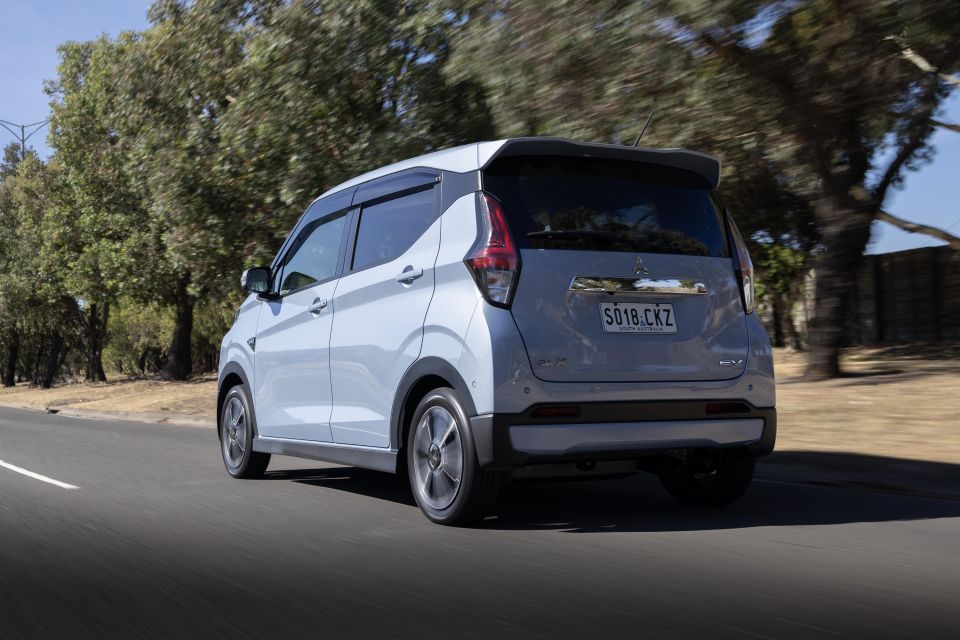
It’s calling for all Australian Design Rules to be fully harmonised with UN regulations, or for Australia to at least accept equivalent standards in other “advanced markets” such as Japan, the European Union and the UK, which it says would have no impact on vehicle safety.
Mitsubishi argues the Australian Government is already a contracting party and participates in the UNECE World Forum for Harmonization of Vehicle Regulations.
It cited the eK X electric kei car, which it was studying bringing here, as an example of a vehicle hindered by our federal regulatory requirements.
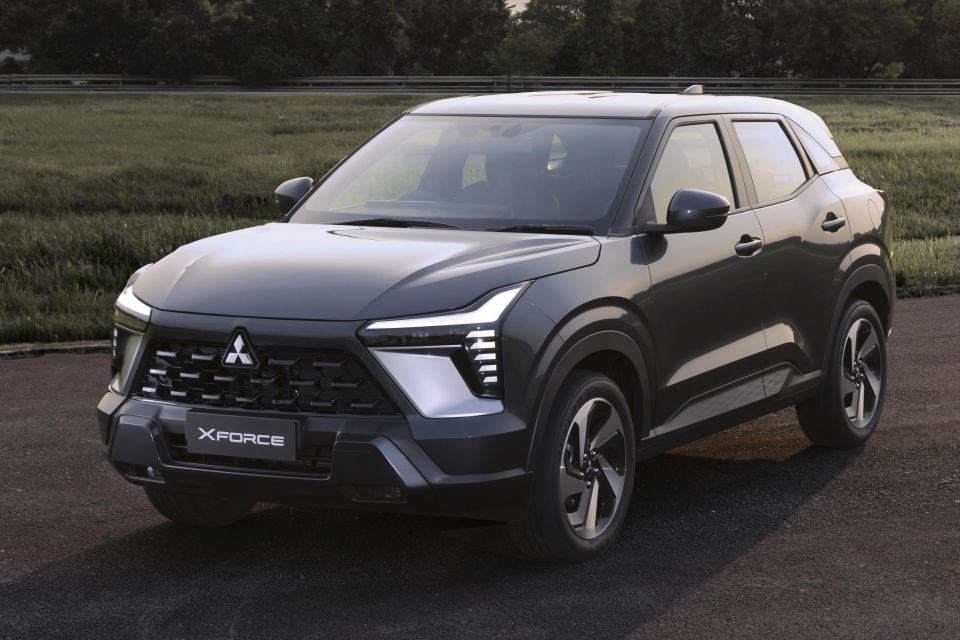
Mitsubishi said it would be “uneconomic” to bring the ek X here in its current form even though it meets Japanese Type Approval and safety requirements.
The company didn’t mention what other vehicles it’s being hindered from launching here as a result of government regulations.
It has yet to bring the Xforce crossover here, which is understood to not meet ADRs – however it’s unclear if this model would meet European or Japanese regulations.
Mitsubishi also named and shamed some of the specific ADRs it feels are unfair.
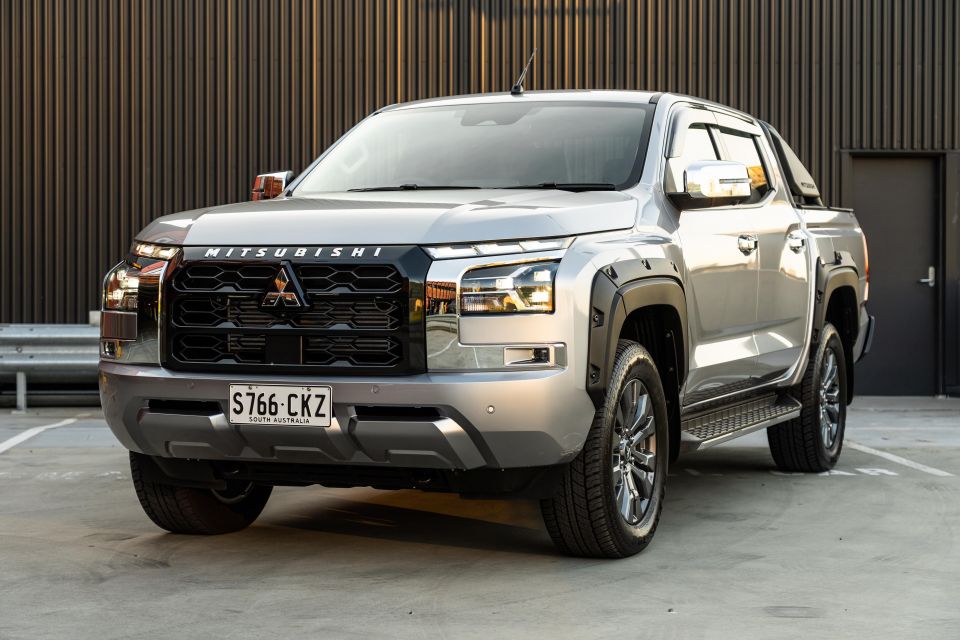
ADR 34/03, which requires a second-row centre seat top tether, has already stopped Honda from offering the HR-V here as a five-seater and affected the updated Tesla Model 3’s rollout.
Mitsubishi argues this could be amended to “unconditionally accept” EU-approved ISOFIX restraint systems.
It also says ADR 69/00, which covers full frontal impact occupant protection, could be harmonised with European front collision requirements.
Some of Mitsubishi’s grievances are with labelling requirements.

ADR 61/03 requires an Australia-specific VIN label in addition to the permanent VIN markings already on a vehicle, and Mitsubishi says this requirement should be scrapped.
It also takes exception to ADR 81/02, which mandates a windscreen-mounted fuel consumption label, arguing it should be replaced with a new ADR that nominates the test procedures required for the NVES.
It says these procedures should be harmonised with “UN ECE regulations and their internationally accepted equivalents”, and that Type Approval holders should input fuel consumption and CO2 data into the Federal Government’s existing Green Vehicle Guide to help customers compare vehicles.
Mitsubishi isn’t alone in calling for ADR and Type Approval reform.
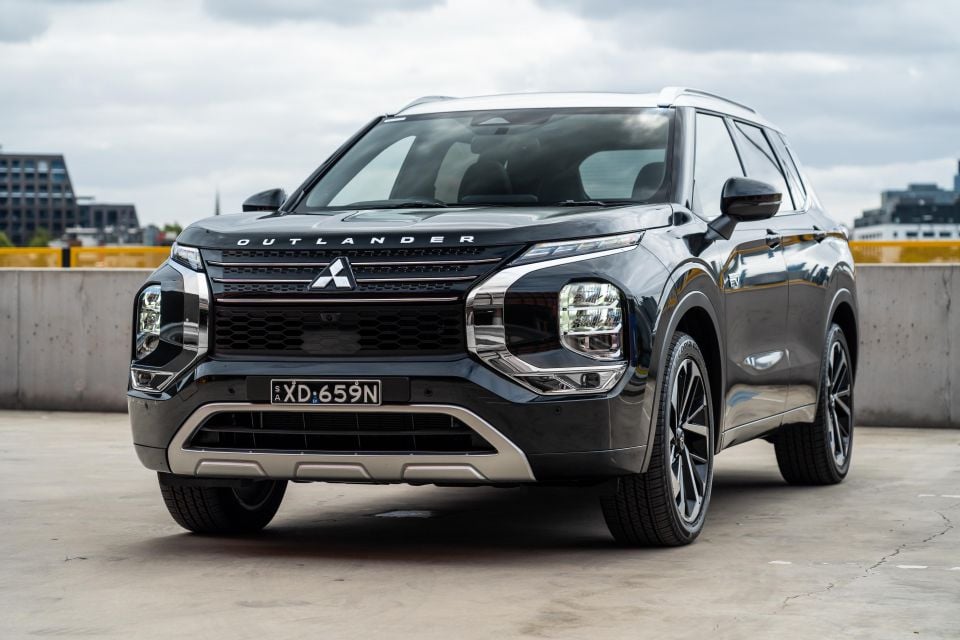
Nissan Australia says it’s working with the Australian Government around ways to speed up the compliance process.
It says by aligning our regulations with those of major markets like the UK or Japan, the type approval timeframe could be slashed from 20 months to just six.
It also called out the centre top-tether child seat anchor point requirement as one example of an ADR that needs reform.
MORE: How Nissan wants to make it easier to bring more efficient cars to Australia
Where expert car reviews meet expert car buying – CarExpert gives you trusted advice, personalised service and real savings on your next new car.
William Stopford is an automotive journalist based in Brisbane, Australia. William is a Business/Journalism graduate from the Queensland University of Technology who loves to travel, briefly lived in the US, and has a particular interest in the American car industry.


James Wong
5 Days Ago


James Wong
5 Days Ago


Max Davies
4 Days Ago


Josh Nevett
2 Days Ago


Max Davies
2 Days Ago
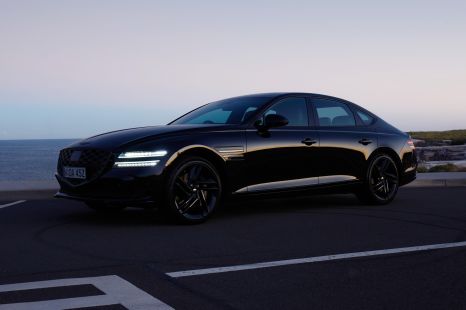

William Stopford
1 Day Ago